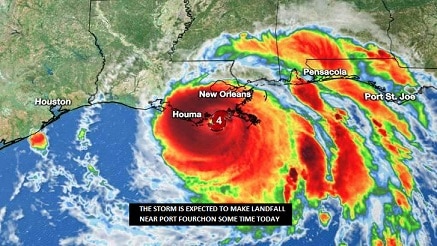Having access to timely communication and accurate information is crucial in any natural disaster or crisis situation. These same situations, however, bring an even more unique set of challenges for members of the deaf and hard-of-hearing (DHOH) community, specifically those who depend on captions and accessible communications for news updates and emergency broadcasts.

Federal Communications Commission (FCC) rules require broadcasters and cable operators to make emergency information accessible to persons who are deaf or hard of hearing, and to persons who are blind or have visual disabilities. Emergency information includes immediate weather situations (tornadoes, hurricanes, floods, tidal waves, earthquakes, heavy snows, widespread fires) and community situations such as widespread power failures, industrial explosions, civil disorders, or school closings.
However, an article in journalism publication Poynter.org recently asked why media outlets don’t do more to ensure that people who are deaf, hard of hearing, or blind can find, access, and share news, especially when it comes to their social media feeds.
Almost every news organization relies on social media to share information, yet they often overlook accessibility best practices, leaving out a significant portion of the population from receiving information.
The article notes how important it is for news outlets to include accurate and complete captions on their videos, make transcripts available, and consider audio description. Posting photos with alternative text – a written description of what is shown in an image – also can help news organizations connect with their audiences.
Ensuring a message’s clarity is critical, especially when delivering emergency news updates. And just as captions created by automatic speech recognition systems often fall short in terms of accuracy, completeness, spelling, punctuation, and caption placement, the article notes that auto-generated alternative text isn’t always reliable.
“I wouldn’t rely on anything automated,” said Digital Inclusion Specialist Belo Miguel Cipriani. “Anything that’s providing important information should be created manually. You don’t want the information to be missing important pieces.”
VITAC’s highly trained professional captioners, schedulers, coordinators, and engineers work around the clock to provide complete and accurate coverage of breaking news stories, emergency updates, and up-to-the-minute reports. We have in place a series of emergency preparedness procedures and contingency plans to provide 24/7 captioning coverage during any emergency or natural disaster.
We have real people who are ready to help you every step of the way. We put client service first, and stand ready to work closely with all of our partners to ensure that their broadcasts can be served even in the most extreme situations.



